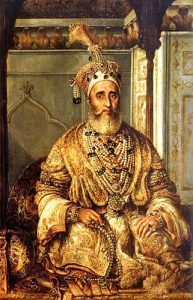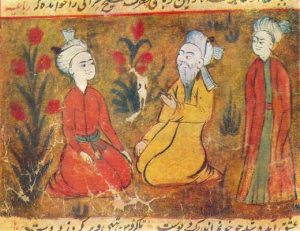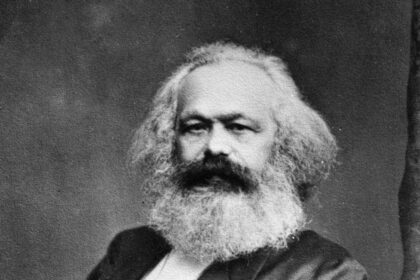As summers are approaching, I’m growing reminiscent of a hot evening, sitting on a table bench with two of my closest friends and my sister, listening to Faiz uncle—my friend’s dad—talk about how Urdu was one of the most regal languages to exist in the subcontinent. I, being an admirer of history, keenly listened as Faiz uncle started narrating the story of Urdu. Always having had the question of how languages were made, I was engrossed. As I listened, there came a time when Faiz uncle narrated how Urdu was a lashkari, or “the language of soldiers”. Since then, I’ve had this question in my head: was Urdu a language that was royal or lashkari?
Urdu and Its Diverse Nature:
Known to have its origins in the Indo-European linguistic family, it encompasses Turkish, Persian, Arabic, and other subcontinental languages, which exemplify its diverse nature. This may be the reason behind Urdu being known as a lashkari language since it nestled components of languages that were a home to many different cultures, creating a bridge for communication.

Prakrit and Urdu:
As Sanskrit, an Indo-Aryan language dominant in the subcontinent, started to lose its status as the lingua franca, Prakrit, a vernacular version of Sanskrit, started taking its place. When words from other languages such as Arabic, Persian, and Turkish started being blended into Prakrit in the southern part of the subcontinent, Urdu began to take shape. Moreover, the more formalised version of Prakrit, Apabhramsha, is also known to have served in forming the origins of Urdu. With time, Urdu’s script adopted the Persio-Arabian calligraphic style “Nastaliq” to define its literature.
Urdu and the Delhi Sultanate:

Urdu’s origin can be traced back to the Delhi Sultanate during the 12th century, when Turkish, Persian, and Arabic components were being assimilated as a result of Muslim conquests in the subcontinent. The prominent personality Amir Khusrow is known to have given Urdu the first of its literature through his dohas and folk songs. This was the time when Urdu retained the title of Hindavi. Later on, during the latter part of the 18th century, the language spread, particularly in areas surrounding Delhi, the capital of Mughal rulers, and this is where it started gaining strength.
Spread of Urdu:
Urdu was further familiarised with the subcontinental context with rulers like the Adil Shahs from Bijapur, serving as patrons of Urdu literature. Ali Adil Shah, the fifth ruler of the Bijapur Sultanate, was known to compose his own nazms and ghazals. Similarly, other regions like Golconda were not far behind, with rulers like Quli Qutb Shah, ruler of Golconda and the founder of Hyderabad, bringing a new dimension to the language by writing Urdu’s first divan. Similarly, Sufi saints such as Khwaja Bandanwaz Gesudraz and many others further glorified early Urdu literature with their works.
Urdu and Mughal Courts:

The elevation of Urdu to its royal nature was solidified as it was introduced in the Mughal courts. Mughal emperor Muhammad Shah Rangeela is credited with being the one who increased this influx of Urdu in the courts. With the Mughal armies hosting soldiers from a variety of cultures, Urdu was known to bridge the gap between their communications, serving as a unifying language. Moreover, with Mughal courts being a home to poets like Mir Taqi Mir, Sauda, Mirza Ghalib, Ibrahim Zauq, and many more, including the last Mughal emperor, Bahadur Shah Zafar, who was himself a poet, Urdu expanded its area of impact, so much so that it served as the national language of a country which, like Urdu, was home to a variety of cultures.
Dual Nature of Urdu:
Lastly, it is to be noted that while Urdu is a lashkari language and a language that catered to the needs of a vast and diverse populace, it also retained a royal status. It amazes me to see how the status of Urdu was not confined to the elites of the time; rather, it served as the language of the common people. This dual nature—both regal and accessible—may have been the very reason behind its enduring legacy.
















